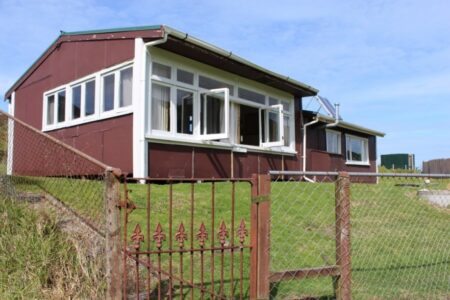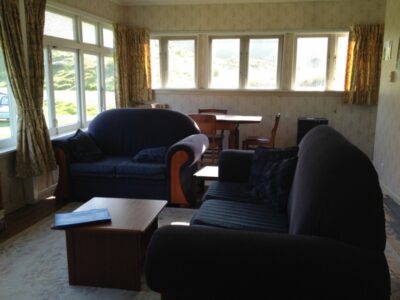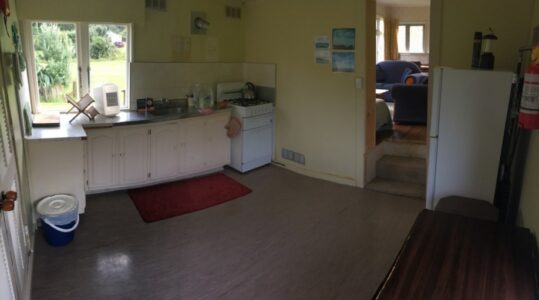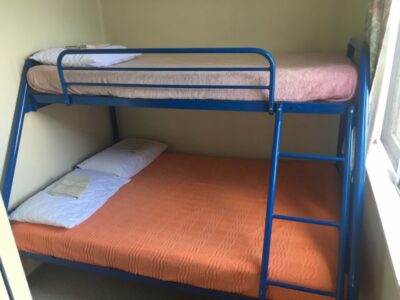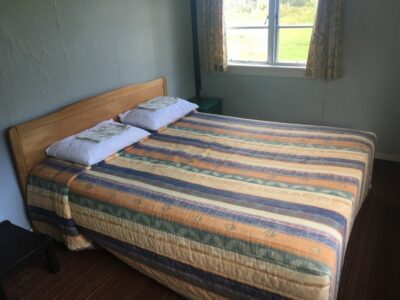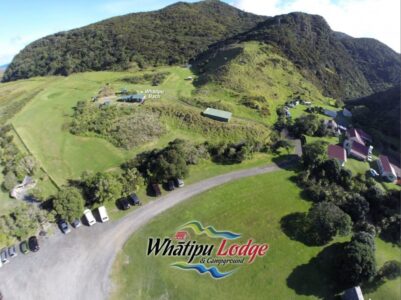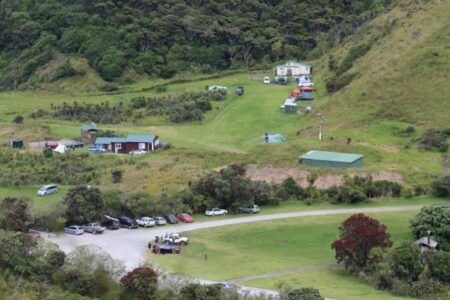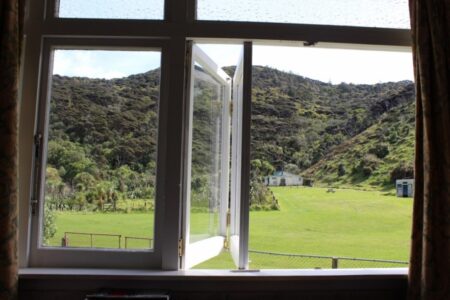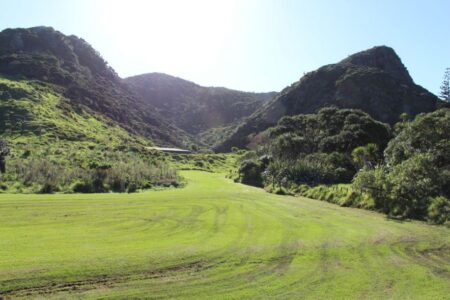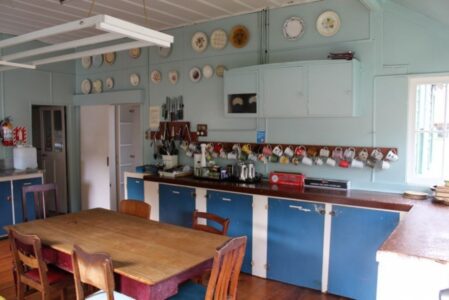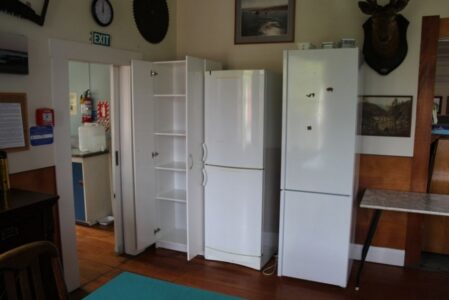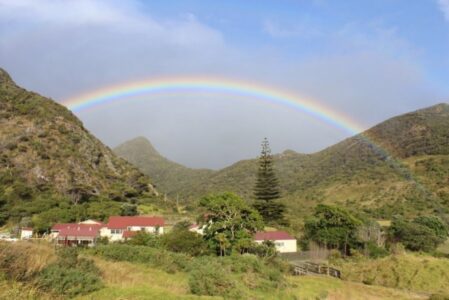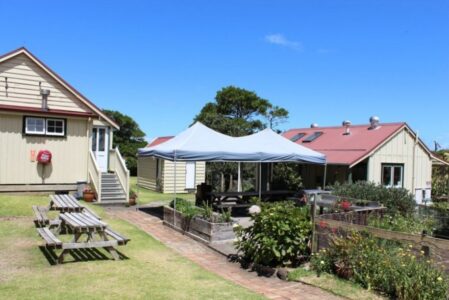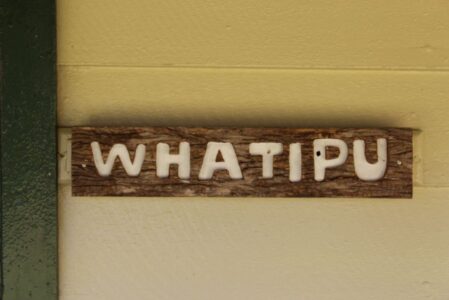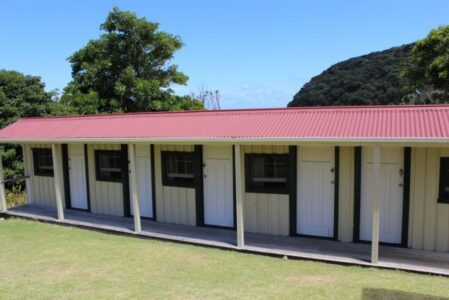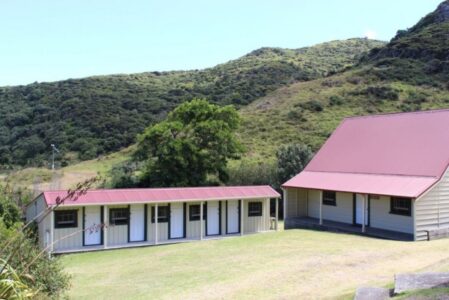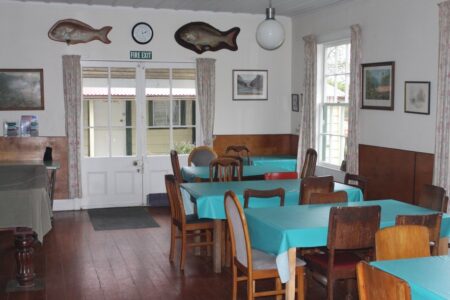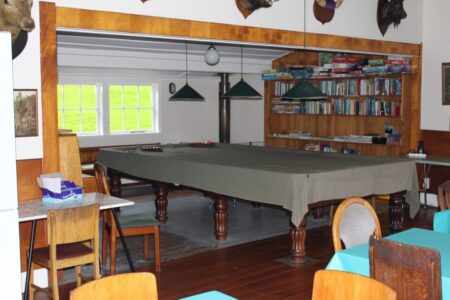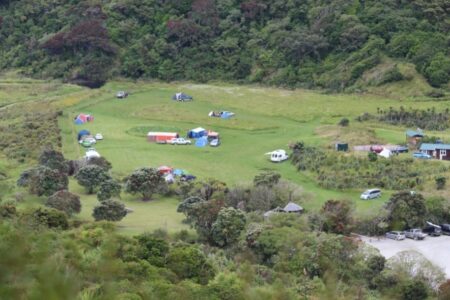Whatipu Lodge
Whatipu Road News

15 September: Whatipu Road is open
Camping: Bookings are essential for long weekends and school holidays
Lodge and Bach: Bookings are essential
Omanawanui, Caves, Gibbons and Beach tracks are open.
Phone connection is terrible, therefore email and please be patient in regards getting a reply.
Thanks
Ursel and Peter
ph 09 8118 860 [email protected]
Friends of Whatipu
Friends of Whatipu (FOW) is an incorporated group who have knowledge of and links with the Whatipu area and have resolved to act as guardians of the area, helping to preserve its special character and where possible assist the Auckland Council.
FOW have an annual planting day, beach clean-up, seed collecting and a group stay at Whatipu Lodge. Our stay at Whatipu Lodge has a guest speaker and shared Saturday night meal.
FOW have a long term goal to release kiwi in the Whatipu landscape. It is our intention to be trained for best practise predator control, to rid the region of mammal pests, including, opossums, rats, mustelids (stoats etc), wild cats and for dogs to no longer be taken into the area. Dogs are already banned from the Whatipu Scientific Reserve (being the wetlands and beach area) and yet people still continue to take dogs to the beach.
Kiwi once thrived in the region.
FOW manage a survey of shorebirds and help fund an ongoing predator trapping programme, in cooperation with Auckland Council.
There are about 6 pairs of New Zealand Dotterels found on the tidal dune area of the beach between Whatipu and Karekare. Over 10 years of monitoring FOW have recorded 31 fledged NZ Dotterel chicks. The estimated national population is approximately 2000.
To join Friends of Whatipu please email [email protected] for details. $15 for individuals and $20 for families.
For more information see our Facebook page.
Located at the south-western coastal corner of the Waitakere Ranges, Whatipu Lodge has been creating memories for more than a century. Staying at Whatipu Lodge is a little like stepping back into a time when life was slower and unplugged. Simple pleasures of friendship, food, play, exploration and relaxation…
The wide variety of walks available locally offer something for both the beginner and the experienced walker alike. Magnificent views, magical sunsets, moonlit nights or dark night skies and birdlife in its natural habitat are inspirational for any photographer, outdoor enthusiast and adventurer. Whatipu is to be enjoyed rain or shine.
We look forward to seeing you over the summer at Sir Bob Harvey’s favourite place to stay.







